Importance: High temperatures can be detrimental to plant growth. High temperatures can cause such problems as
- Thin, weak stems or, as in tomatoes, stick trusses (thin, weak truss stems)
- Reduced flower size or, as in tomatoes, flower fusion and boat formation
- Delayed flowering and/or poor pollination/fertilization and fruit set
- Flower and bud/fruit abortion
*Cooling requirements and calculations: The National Greenhouse Manufacturer’s Association 1993 standards = 8 cubic feet per minute/square feet of greenhouse floor area OR…
1 full greenhouse volume exchanged per minute in warm climates. CFM = height x width x length (i.e., volume)
Example: Using the greenhouse dimensions in the heat calculation example:
CFM = volume lower section + volume triangular top
= (8 x 24 x 48) + (6/2 x 24 x 48)
= 9216 + 3456
= 12,672 cubic feet per minute => size fans/pads accordingly
*Passive ventilation systems:
1 full greenhouse volume exchanged per minute in warm climates. CFM = height x width x length (i.e., volume)
Example: Using the greenhouse dimensions in the heat calculation example:
CFM = volume lower section + volume triangular top
= (8 x 24 x 48) + (6/2 x 24 x 48)
= 9216 + 3456
= 12,672 cubic feet per minute => size fans/pads accordingly
*Passive ventilation systems:
- Shading: Shade cloth or shade paint/white wash, besides regulating the light intensity, can also help cool the greenhouse.
- Ridge Vents: Vents in the roof of a greenhouse that allow hot, interior air to escape. The area of the vents should be 25% of the floor area.
- Roll-up Side Walls: Can be used in flexible glazing (polyethelene film) single bay greenhouses where the side walls can be rolled up several feet allowing a natural horizontal flow of air over the plants. As with ridge vents, the area of the side wall vents should be 25% of the floor area.
- Cooling Towers: Water cooled pads at the top part of tall towers cool the surrounding air which then drops displacing warmer air below.
- Removable Roof: Recent greenhouse designs can include a roof that retracts completely for natural ventilation. This would allow for adaptation of greenhouse grown plants to outside conditions prior to movement outside.
*Active cooling systems:
- Fan and Pad: “Evaporative cooling” where air from the outside is pulled through porous, wet pads (usually cellulose paper). Heat from the incoming air evaporates water from the pads, thereby cooling the air. Evaporative cooling will also help to increase the relative humidity in the greenhouse.
- Fogging Systems: Uses evaporative cooling like the fan and pad but incorporates a dispersion of water droplets that evaporate and extract heat from the air. This system gives better uniformity since the fogging is distributed throughout the greenhouse and not just near one a pad end as with the fan and pad system. The smaller the droplet size, the faster each droplet evaporates and therefore the faster the cooling. Mist droplets = 1000 microns in diameter.
- Air Conditioning: Too expensive for most greenhouses

























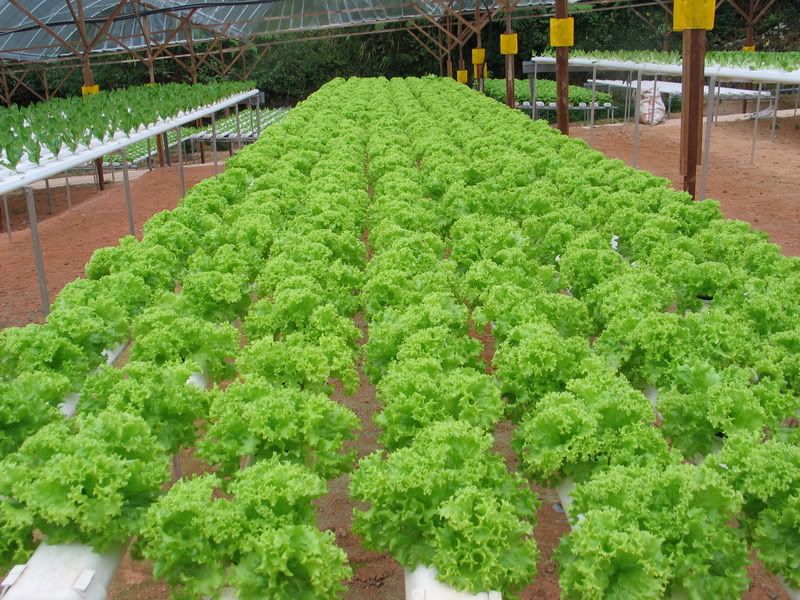
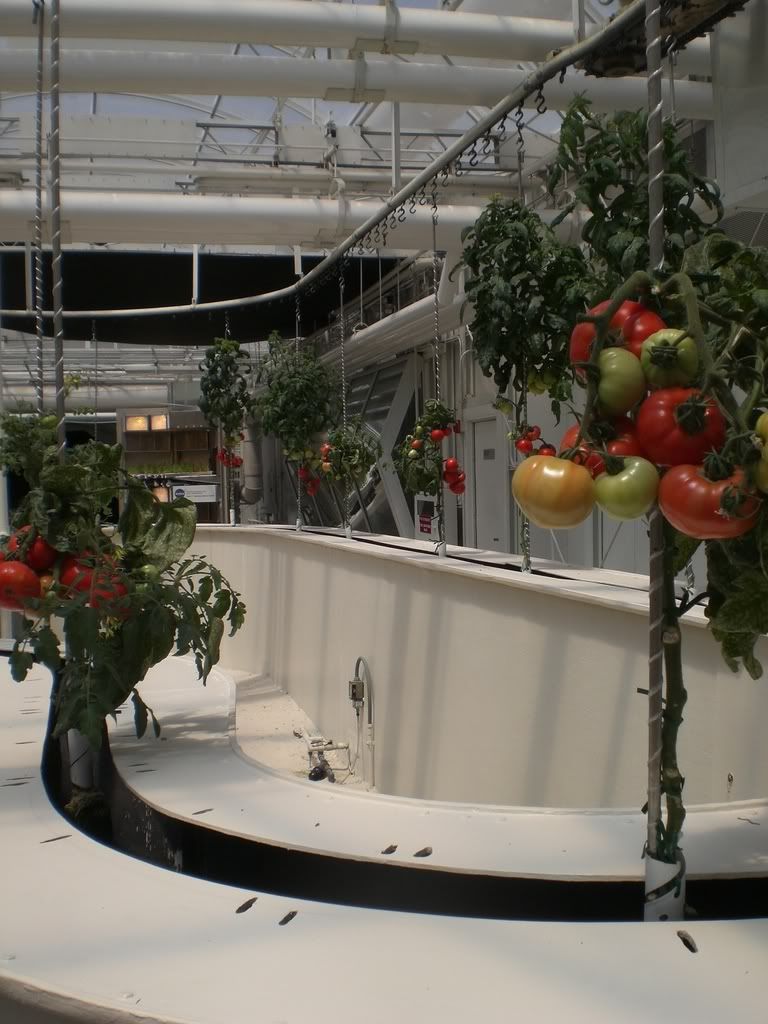
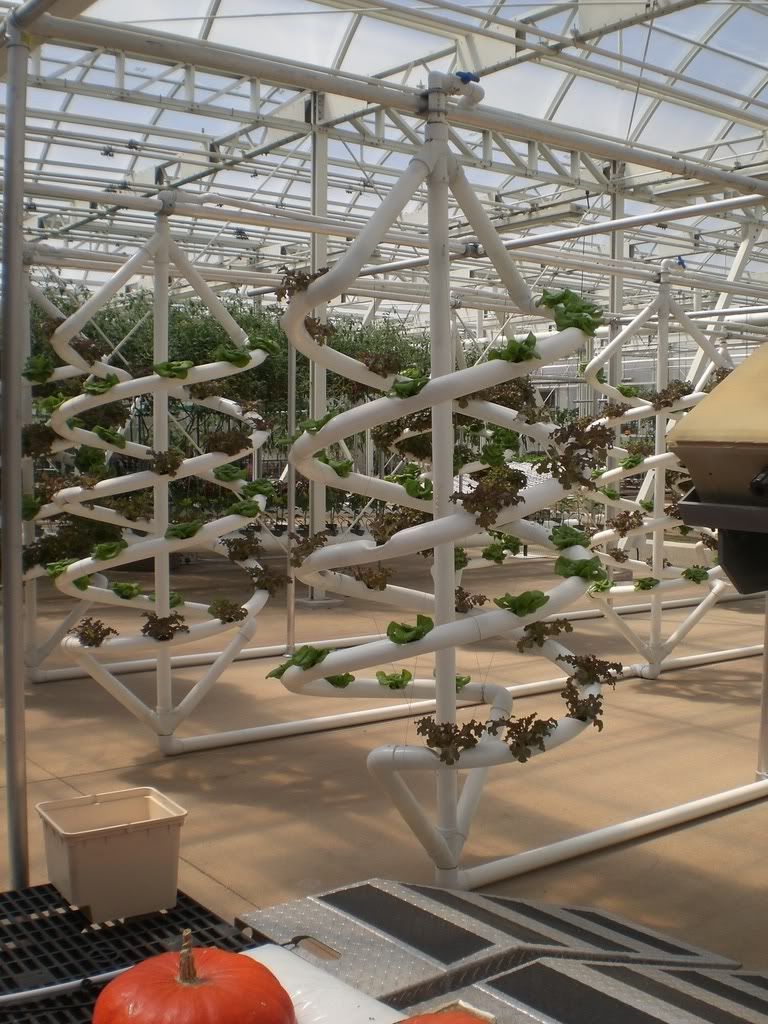
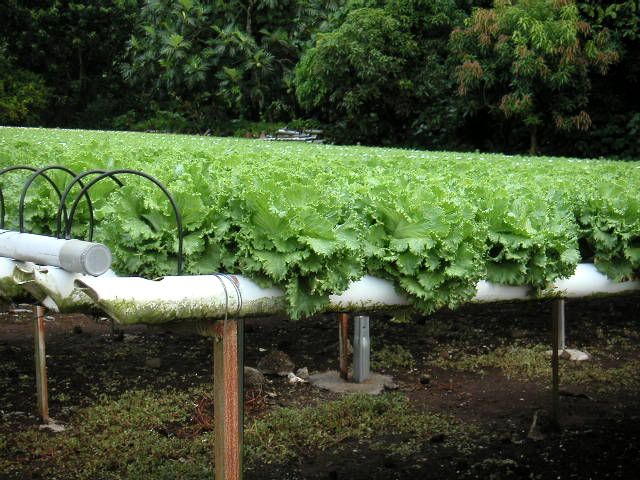
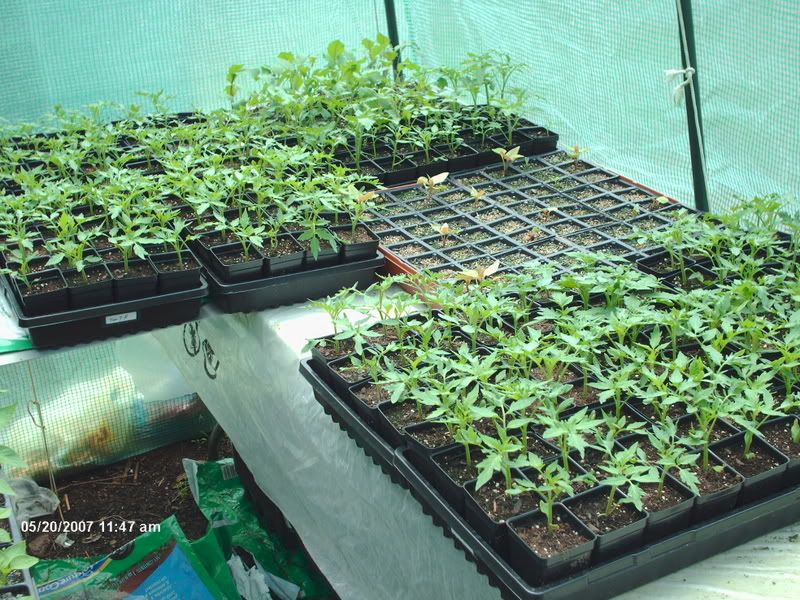
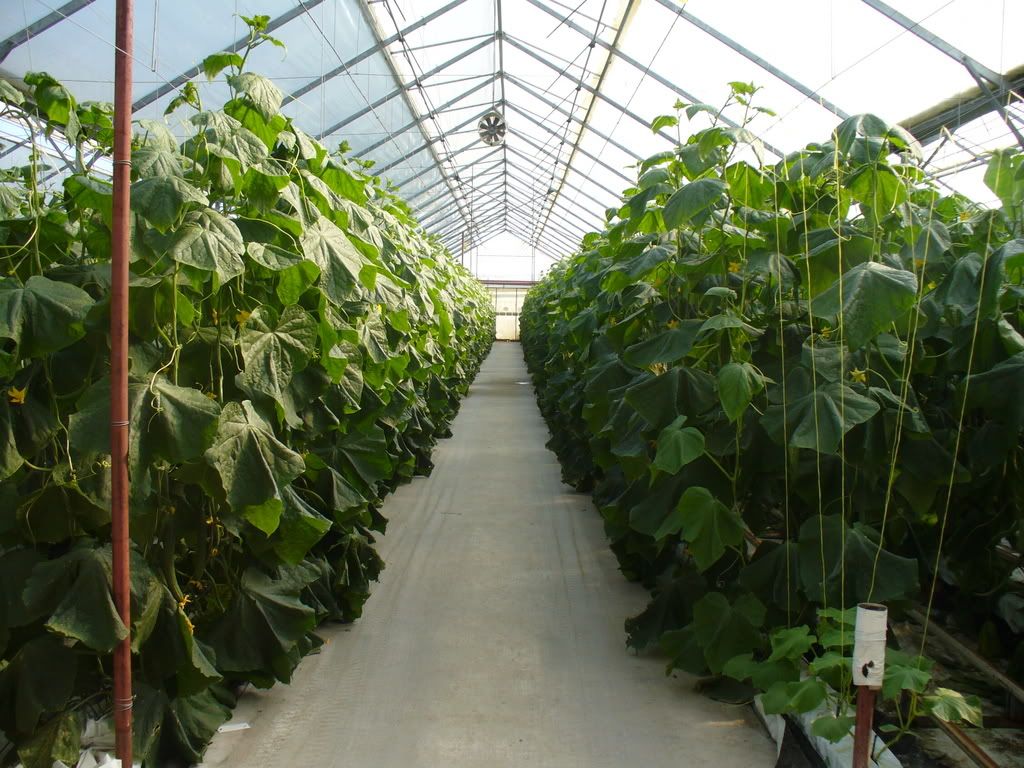
No comments:
Post a Comment